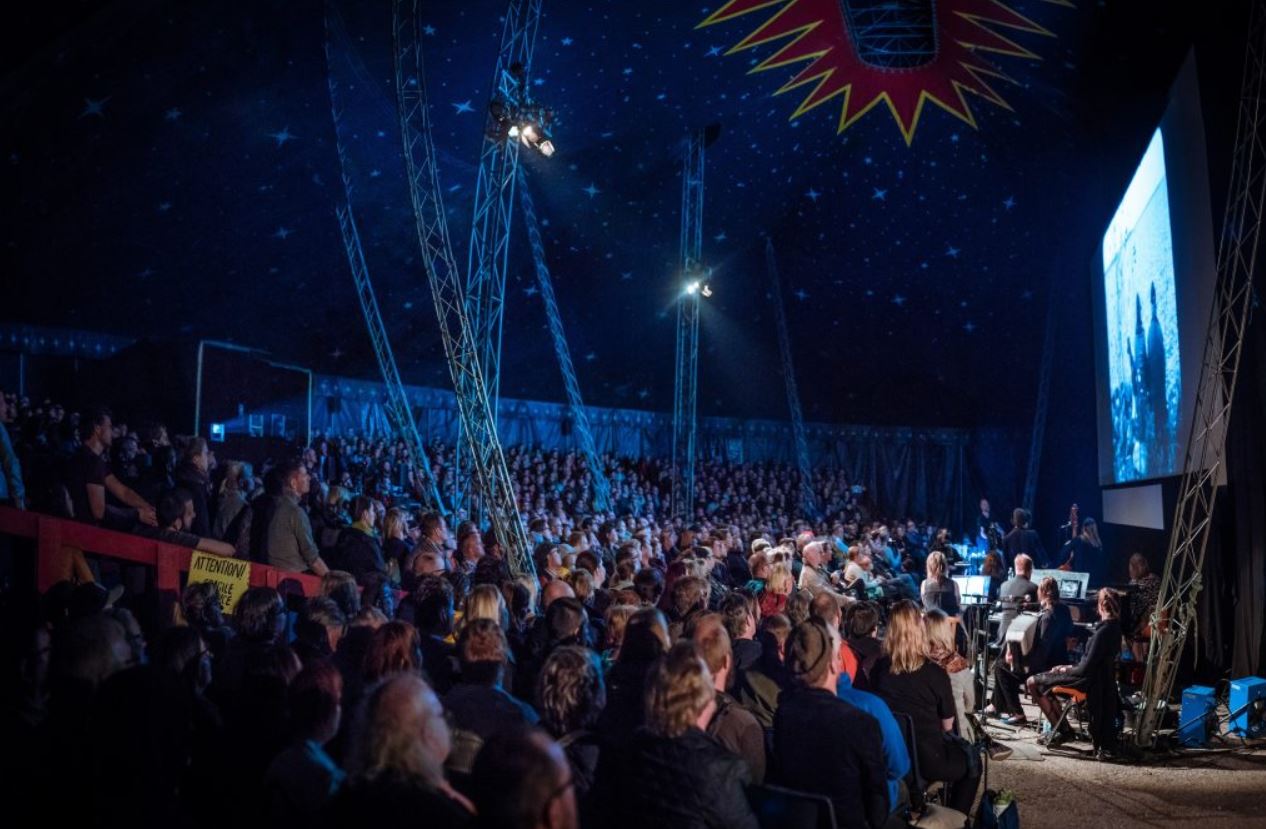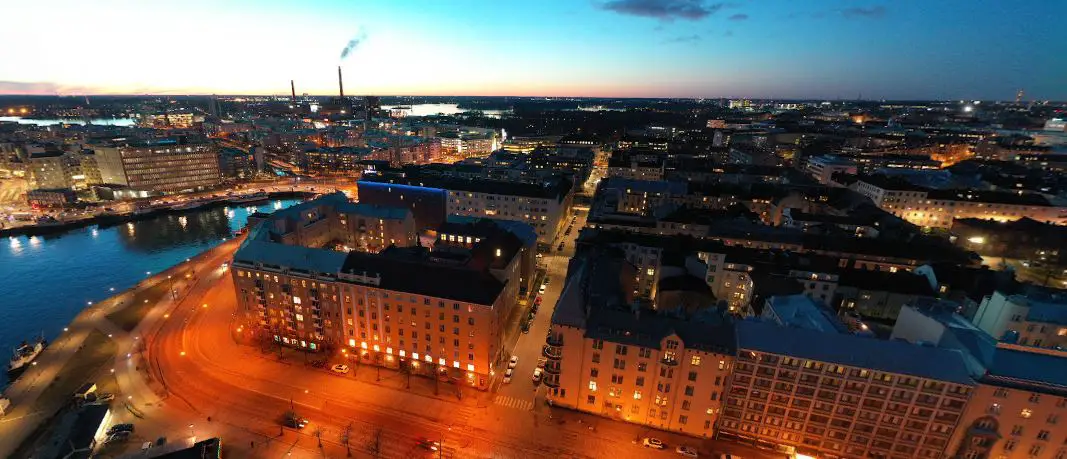What is the Great Ethiopian Renaissance Dam, and can I visit it?
Post ByAdequate Travel
Summary
The Great Ethiopian Renaissance Dam (GERD) is an iconic structure that is spurring huge changes in Ethiopia and the nearby region. Located on the Blue Nile River, the hydropower dam is the largest in the world and brings immense economic promise to the country. So, what exactly is the GERD and can you visit it? Read on to find out. Keep in mind that travel guidelines and travel rules may change anytime, so regularly check for updates to ensure a hassle-free and memorable travel experience.Great Ethiopian Renaissance Dam (GERD)
The Great Ethiopian Renaissance Dam (GERD) is a mega-infrastructure project in Ethiopia that is currently under construction on the Blue Nile River. It is a hydroelectric dam that aims to provide the country with a significant amount of electricity, as well as to enhance its development and access to energy. Here are some key points about GERD:
1. Importance and Purpose
GERD holds great importance for Ethiopia, as it aims to address the country's energy demands and provide electricity to millions of people. The dam will also contribute to economic development through increased power supply, job creation, and revenue generation.
2. Size and Capacity
The dam is expected to be the largest hydropower project in Africa, with a height of 145 meters (476 feet) and a total capacity of 6,450 megawatts. Once completed, GERD will have the potential to generate around 15,000 gigawatt-hours of electricity per year.
3. Location
GERD is located in the Benishangul-Gumuz region of Ethiopia, near the border with Sudan. It spans the Blue Nile River, close to the border between Ethiopia and Sudan.
4. Construction and Progress
Construction of GERD started in April 2011 and is being carried out in different phases. The project has made significant progress, with the main dam structure nearing completion. However, there are still auxiliary works and the installation of turbines and generators remaining before the dam becomes fully operational.
5. Impact on the Region
GERD has raised concerns and sparked debates regarding water resource management among Ethiopia, Sudan, and Egypt. As the Blue Nile is a major tributary of the Nile River, downstream countries are concerned about potential impacts on water availability. The project has been a subject of negotiations and discussions among the riparian countries.
Visiting GERD
Currently, visits to the construction site of GERD are limited and highly controlled due to safety reasons and ongoing work. However, once the dam is completed and becomes operational, there may be opportunities for visitors to learn about and appreciate the engineering feat. It is advisable to check with relevant authorities and tourism organizations in Ethiopia for any future possibilities of visiting GERD.
Keep in mind that travel guidelines and travel rules may change anytime, so regularly check for updates to ensure a hassle-free and memorable travel experience.Suggested Questions
- Tigray Rock-Hewn Churches, Tigray: Horror Story, History & Paranomial Activities
- Addis Mercato, Addis Ababa: Horror Story, History & Paranomial Activities
- Wabe Shebelle River Bridge, Harar: Horror Story, History & Paranomial Activities
- Kombolcha Textile Factory, Kombolcha: Horror Story, History & Paranomial Activities
- Yemrehanna Kristos Church, Amhara Region: Horror Story, History & Paranomial Activities
- Wanzaye Hotel, Dessie: Horror Story, History & Paranomial Activities










